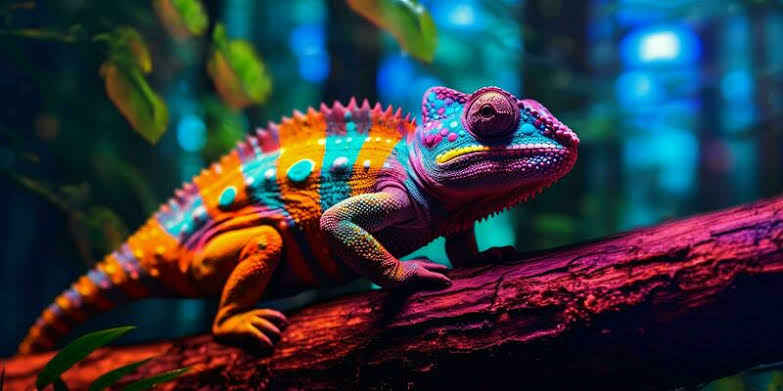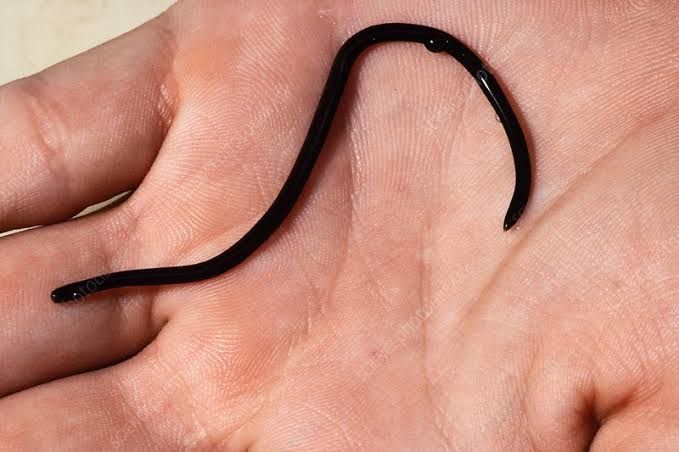When we think of remarkable animals, it’s often the largest ones that capture our imagination. Towering elephants, massive whales, and sprawling bears dominate the spotlight. However, nature also showcases incredible wonders at the opposite end of the size spectrum. In 2025, researchers have once again updated the fascinating rankings of the smallest animals in the world, and their discoveries highlight just how diverse and delicate life can be.One such marvel is the Speckled Padloper Tortoise, considered the smallest tortoise on the planet. Found in the rocky regions of South Africa, these petite creatures measure only about 6 to 8 centimeters in length. Their speckled shells help them blend into the harsh landscapes, providing them protection from predators while navigating their tiny, rugged world.Equally astounding is the Etruscan Shrew. Though it resembles an ordinary mouse at first glance, it is the smallest known mammal by weight. Tipping the scales at just around 1.2 grams, it lives an extremely high-energy life. Due to its rapid metabolism, the shrew must consume nearly double its body weight daily, relying heavily on insects to fuel its frantic lifestyle across Europe, North Africa, and parts of Asia.
These Are The Top 10 Smallest Animals In The World
1. Paedophryne amauensis
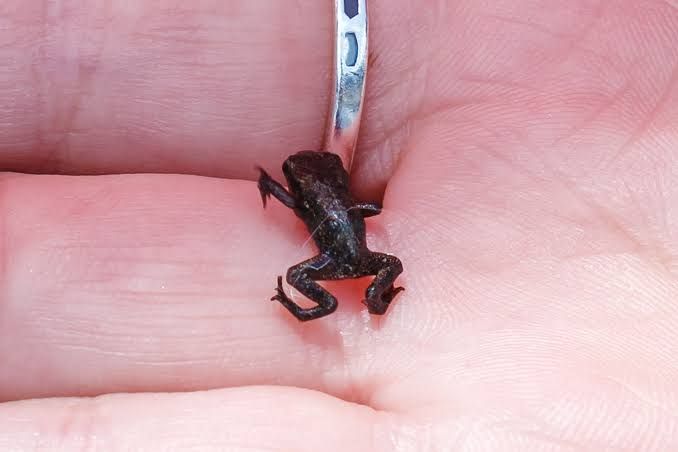 Paedophryne amauensis was first found in 2009 during a field expedition in Papua New Guinea, one of the world’s richest regions for biodiversity. Remarkably, it remained undiscovered for so long not because it was hiding deep in remote jungles, but because it is almost unimaginably small. Measuring an average of just 0.3 inches (7.7 millimeters) in length, it is roughly the size of a housefly. To spot them, researchers had to use keen ears rather than eyes, following the faint, high-pitched calls that sounded more like insect chirps than frog croaks, Interestingly, this species still doesn’t have a widely recognized common name, a rarity in the animal kingdom where most new discoveries are quickly nicknamed for easier public reference.
Paedophryne amauensis was first found in 2009 during a field expedition in Papua New Guinea, one of the world’s richest regions for biodiversity. Remarkably, it remained undiscovered for so long not because it was hiding deep in remote jungles, but because it is almost unimaginably small. Measuring an average of just 0.3 inches (7.7 millimeters) in length, it is roughly the size of a housefly. To spot them, researchers had to use keen ears rather than eyes, following the faint, high-pitched calls that sounded more like insect chirps than frog croaks, Interestingly, this species still doesn’t have a widely recognized common name, a rarity in the animal kingdom where most new discoveries are quickly nicknamed for easier public reference.
2. Paedocypris
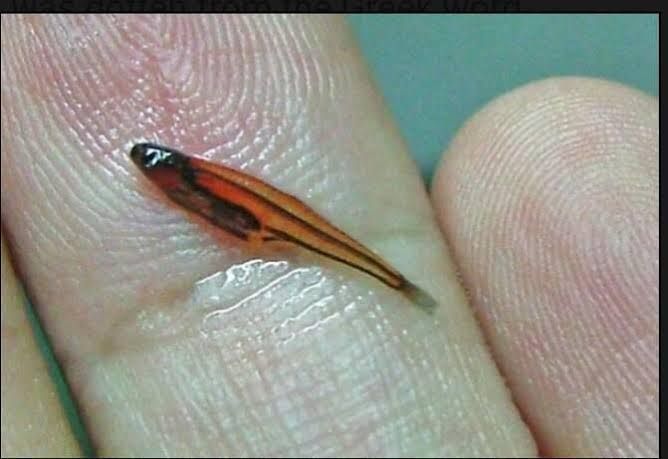 the Paedocypris fish. Measuring only about 0.3 inches (7.9 millimeters) in length, this remarkable species holds the title of the smallest fish and one of the smallest vertebrates ever recorded.
the Paedocypris fish. Measuring only about 0.3 inches (7.9 millimeters) in length, this remarkable species holds the title of the smallest fish and one of the smallest vertebrates ever recorded.
Paedocypris was first discovered in the early 2000s in the peat swamp forests of Sumatra, Indonesia — a landscape defined by dark, acidic waters and thick vegetation. In these challenging environments, most larger fish cannot survive. Yet, Paedocypris thrives precisely because of its minuscule size and extraordinary adaptations.
3. Slender Blind Snakes
It is believed that the Slender Blind Snakes, also known as Thread Snakes (Leptotyphlopidae), are the tiniest snakes in the world, measuring only 4.3 inches (11 cm) in length. It is estimated that there are 87 different species of Slender Blind snakes, which may be found in Africa, Asia, and both North and South America. They are non-venomous snakes that have evolved to burrowing and subsist on food such as termites and ants. They are blind. The vast majority of species consume the contents of insect bodies and then dispose of the skin alone.
4. Kitti’s Hog-Nosed Bat
 With a weight of just 0.05-0.07 oz (1.5-2 g) and a length of just 1.1-1.6 in (30-40 mm), the smallest bat is the Kitti’s Hog-nosed Bat (Craseonycteris thonglongyai), also known as the Bumblebee Bat, which is native to Thailand and Burma. Its size is comparable to that of a bumblebee, and its snout resembles that of a pig. Its typical cave population is one hundred individuals, and it inhabits limestone caverns along rivers.
With a weight of just 0.05-0.07 oz (1.5-2 g) and a length of just 1.1-1.6 in (30-40 mm), the smallest bat is the Kitti’s Hog-nosed Bat (Craseonycteris thonglongyai), also known as the Bumblebee Bat, which is native to Thailand and Burma. Its size is comparable to that of a bumblebee, and its snout resembles that of a pig. Its typical cave population is one hundred individuals, and it inhabits limestone caverns along rivers.
5. Bee Hummingbird
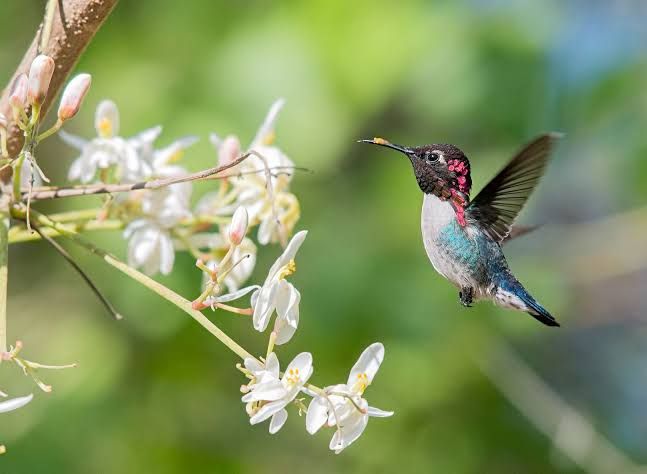 The Bee Hummingbird (Mellisuga helenae) is a marvel of the natural world, holding the title of both the smallest bird and the smallest warm-blooded vertebrate on the planet. Native to the forests and gardens of Cuba and the nearby Isla de la Juventud, this miniature wonder measures only about 2.2 inches (5.7 centimeters) in length and weighs a mere 0.06 ounces (1.8 grams) about the same as a paperclip. Despite their minuscule size, Bee Hummingbirds are full of life, energy, and color.
The Bee Hummingbird (Mellisuga helenae) is a marvel of the natural world, holding the title of both the smallest bird and the smallest warm-blooded vertebrate on the planet. Native to the forests and gardens of Cuba and the nearby Isla de la Juventud, this miniature wonder measures only about 2.2 inches (5.7 centimeters) in length and weighs a mere 0.06 ounces (1.8 grams) about the same as a paperclip. Despite their minuscule size, Bee Hummingbirds are full of life, energy, and color.
6. Speckled Padloper Tortoise
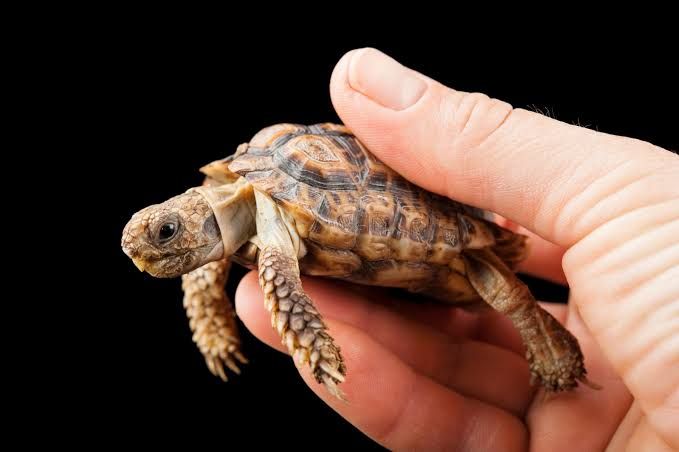 The Homopus signatus, often known as the Speckled Padloper Tortoise, is the smallest turtle in the world. It is native to South Africa. While males range in size from 2.4 to 3.1 inches (6 to 8 centimeters), females, which are slightly larger, can reach up to about 4 inches (10 centimeters). In addition to using the rocky outcrops as hiding places from potential predators, the little turtles take their food from the small plants that they graze from the rocky outcrops that they call home.
The Homopus signatus, often known as the Speckled Padloper Tortoise, is the smallest turtle in the world. It is native to South Africa. While males range in size from 2.4 to 3.1 inches (6 to 8 centimeters), females, which are slightly larger, can reach up to about 4 inches (10 centimeters). In addition to using the rocky outcrops as hiding places from potential predators, the little turtles take their food from the small plants that they graze from the rocky outcrops that they call home.
7. Etruscan Shrew
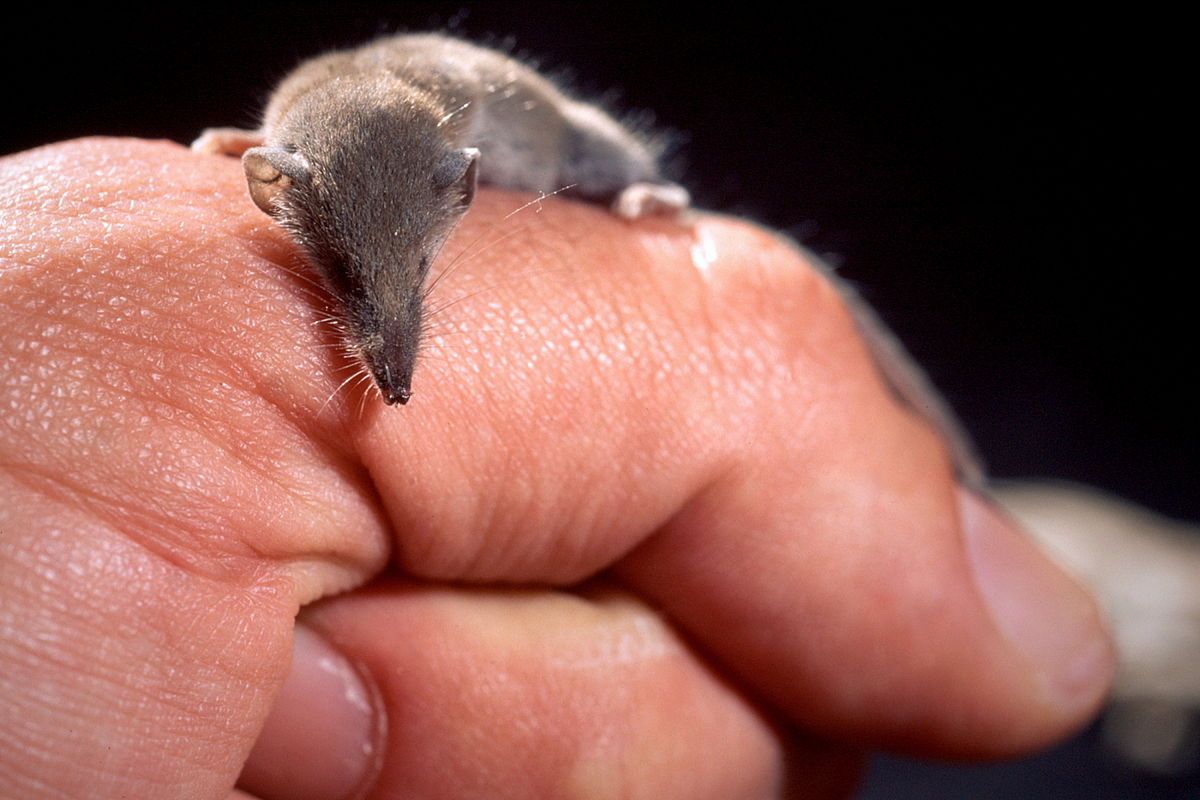 The Etruscan shrew, also known as the White toothed Pygmy Shrew and the Etruscan Pygmy Shrew, measures only 0.04 0.1 ounces (1.2 – 2.7 grams). Both of these names refer to the same species, Suncus etruscus. The bumblebee bat is the smallest mammal in terms of length, measuring between 36 and 53 millimeters, but it is the smallest animal in terms of weight, measuring between 1.4 and 2 inches (36 and 53 millimeters). The brain of the Etruscan shrew is considerably larger than that of a human being, making it the largest brain in relation to the body weight of any animal. In fact, it is even larger than the brain of a human being.
The Etruscan shrew, also known as the White toothed Pygmy Shrew and the Etruscan Pygmy Shrew, measures only 0.04 0.1 ounces (1.2 – 2.7 grams). Both of these names refer to the same species, Suncus etruscus. The bumblebee bat is the smallest mammal in terms of length, measuring between 36 and 53 millimeters, but it is the smallest animal in terms of weight, measuring between 1.4 and 2 inches (36 and 53 millimeters). The brain of the Etruscan shrew is considerably larger than that of a human being, making it the largest brain in relation to the body weight of any animal. In fact, it is even larger than the brain of a human being.
8. Madame Berthe’s Mouse Lemur
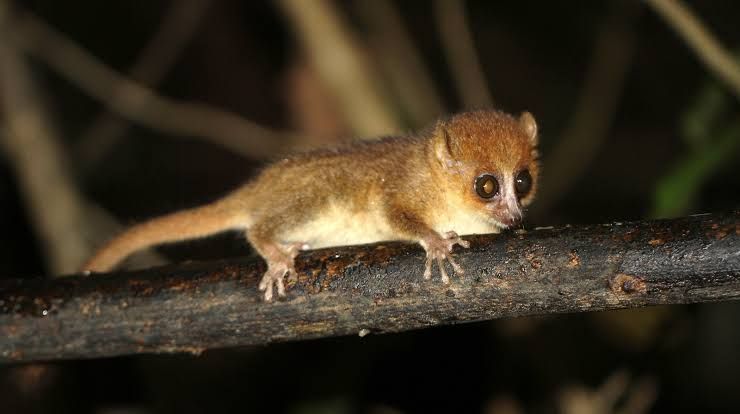 Despite the fact that the pygmy marmoset may be the smallest monkey, the Madame Berthe’s Mouse Lemur (Microcebus berthae) holds the distinction of being the smallest known primate. The Kirindy Mitea National Park in Western Madagascar is home to these creatures, which have a body length of approximately 3.6 inches (92 mm) and weigh approximately one ounce (30 g) on average respectively.
Despite the fact that the pygmy marmoset may be the smallest monkey, the Madame Berthe’s Mouse Lemur (Microcebus berthae) holds the distinction of being the smallest known primate. The Kirindy Mitea National Park in Western Madagascar is home to these creatures, which have a body length of approximately 3.6 inches (92 mm) and weigh approximately one ounce (30 g) on average respectively.
9. Pygmy Marmoset
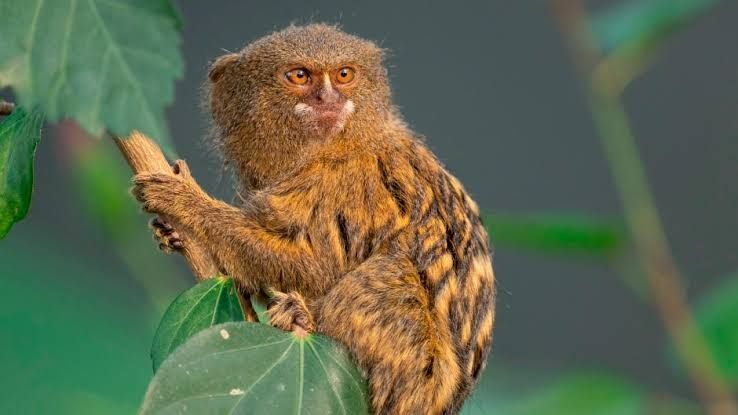 Despite the fact that the pygmy marmoset may be the smallest monkey, the Madame Berthe’s Mouse Lemur (Microcebus berthae) holds the distinction of being the smallest known primate. The Kirindy Mitea National Park in Western Madagascar is home to these creatures, which have a body length of approximately 3.6 inches (92 mm) and weigh approximately one ounce (30 g) on average respectively.
Despite the fact that the pygmy marmoset may be the smallest monkey, the Madame Berthe’s Mouse Lemur (Microcebus berthae) holds the distinction of being the smallest known primate. The Kirindy Mitea National Park in Western Madagascar is home to these creatures, which have a body length of approximately 3.6 inches (92 mm) and weigh approximately one ounce (30 g) on average respectively.
10. Pygmy Rabbit
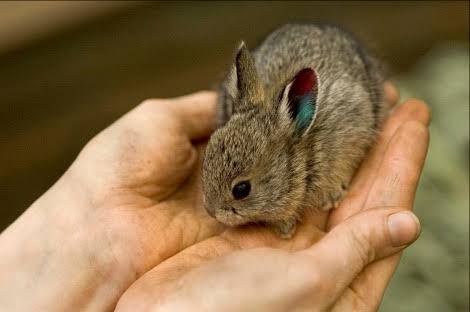 The body length of the tiny Pygmy Rabbit, also known as Brachylagus idahoensis, ranges from 9.4 to 11.4 inches (24 to 29 centimeters), making it the smallest rabbit species in the world. Even adults weigh only 14 ounces (400 grams). These animals are native to North America and typically live in regions with deep soil, where they are able to burrow into tall, dense sagebrush for the purpose of providing cover and food. Sage thickets are intertwined with extensive runways that are often used. These runways enable mobility and provide escape routes from predators.
The body length of the tiny Pygmy Rabbit, also known as Brachylagus idahoensis, ranges from 9.4 to 11.4 inches (24 to 29 centimeters), making it the smallest rabbit species in the world. Even adults weigh only 14 ounces (400 grams). These animals are native to North America and typically live in regions with deep soil, where they are able to burrow into tall, dense sagebrush for the purpose of providing cover and food. Sage thickets are intertwined with extensive runways that are often used. These runways enable mobility and provide escape routes from predators.

